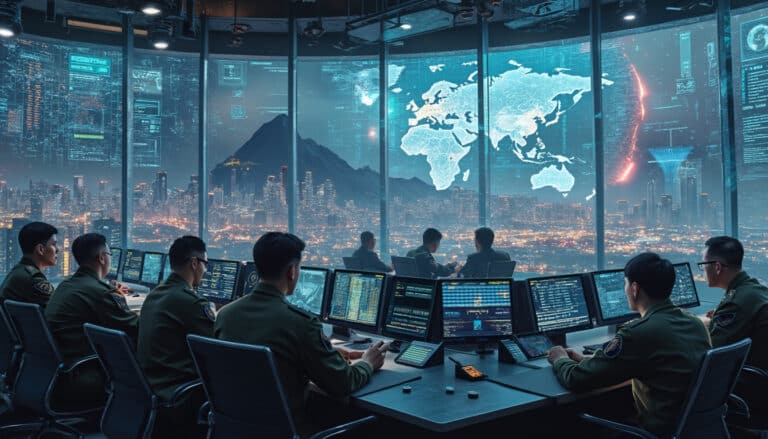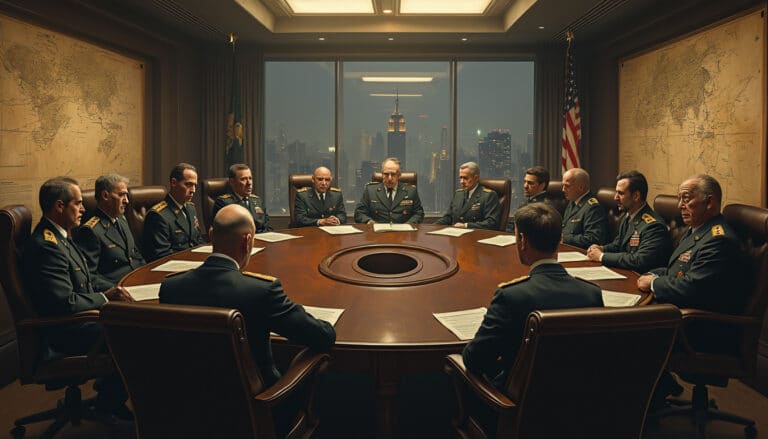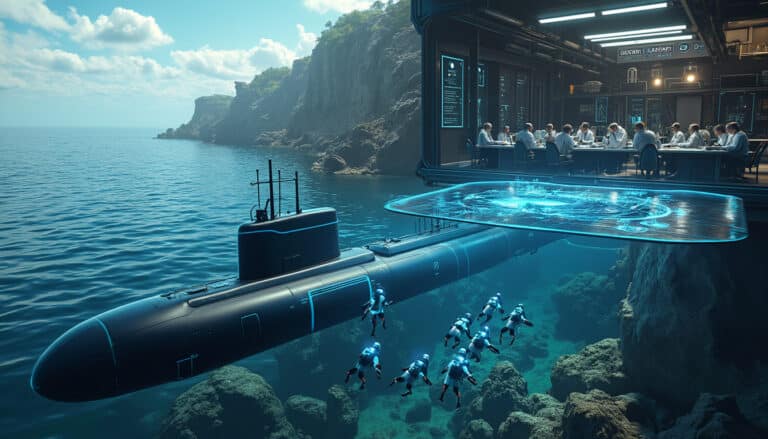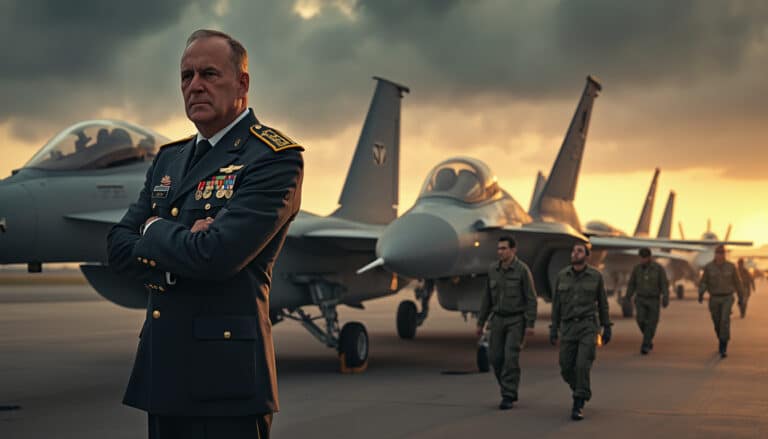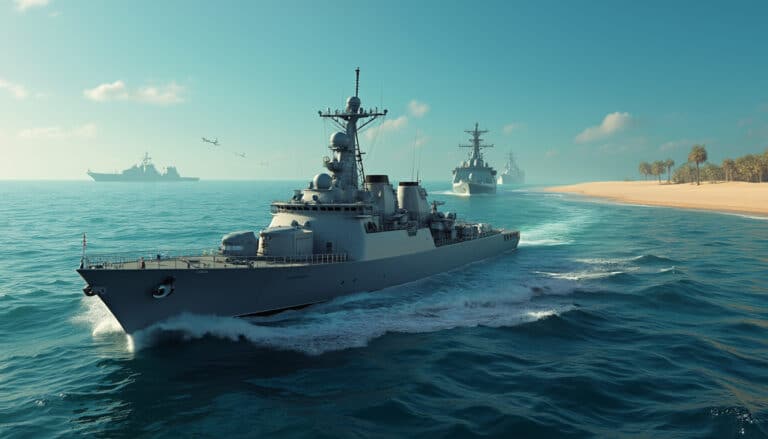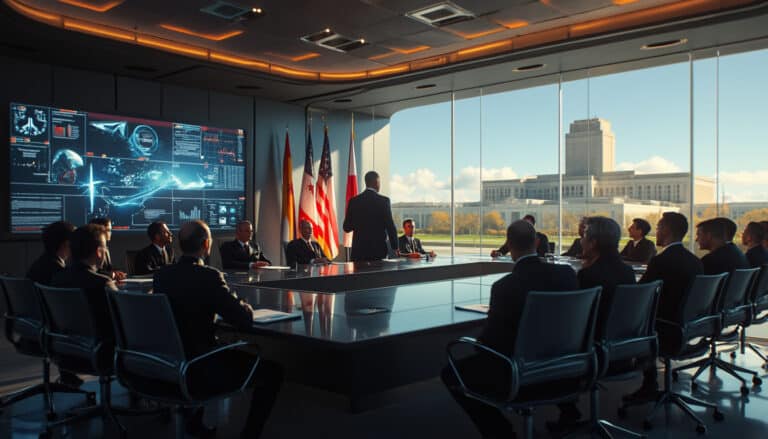At the dawn of a new era of conflicts and global threats, air defense is positioning itself as an essential strategic pillar for maintaining state sovereignty. Current trends in air defense reflect not only technological developments, but also the adaptation of the armed forces to modern challenges. The emergence ofartificial intelligence offers revolutionary tools to optimize detection and interception systems, while cybersecurity becomes imperative to protect critical infrastructures against invisible and devastating attacks. This dynamic is particularly visible within theNATO, which strives to strengthen its capabilities with regular deployments of air defense systems and missiles. Furthermore, the sustainability asserts itself as a necessity in the development of equipment which respects the environment while ensuring optimal protection. Allies are coordinating to establish a modern defensive posture, capable of countering not only conventional air threats, but also of anticipating new forms of warfare that are emerging. The strategic choices made today will shape the security landscape of tomorrow.
Table des matières
ToggleCurrent Trends in Air Defense
The issues of air defense are more than ever at the heart of the concerns of nations around the world, particularly with the rise of technological threats and the increase in military spending. The current dynamics ofaerospace industry reveals trends that are redefining how countries design and implement their health strategies. air defense.
Technological innovations at the service of air defense
One of the major trends in the field of air defense is the integration ofartificial intelligence (AI) in defense systems. AI makes it possible to analyze a multitude of data in real time, making it easier to detect potential intrusions and providing faster responses to threats. Modern defense systems incorporate sophisticated algorithms that play a crucial role in reducing false positives and improving decision-making processes.
Beyond AI, cybersecurity also takes a prominent place in the air defense landscape. With cyber attacks on the rise, countries are investing heavily in more robust infrastructure. Innovative solutions enable continuous assessment of the security of integrated systems, and armed forces are now trained to improvise against sophisticated attacks.
To maximize the effectiveness of these innovations, it is crucial for States to create partnerships between private industry, research organizations, and the armed forces. A collaborative approach can lead to knowledge sharing, cost reductions, and an increase in the skills of technical teams.
Sustainability and air defense: a necessary marriage
At a time when the question of sustainability is becoming more and more important, the air defense industry cannot avoid asking the question of green technologies. Defense systems are regularly called into question in relation to their environmental impact. In 2024, increased attention will be paid to the integration of less polluting energy solutions in weapon systems.
Armed forces must consider the development of sustainable operating environments that incorporate recycled materials, renewable energy sources, and environmentally friendly manufacturing processes. This shift must be seen not only as a moral obligation but also as a vector of modernization and efficiency.
Research also focuses on optimizing the life cycle of the technologies used. Predictive maintenance, for example, helps reduce waste and ensures increased performance of systems in service. Countries may also consider international partnerships for the exchange of environmental technologies.
International cooperation and integration of defense systems
Cooperation between countries for integrated air defense systems is a growing trend. Instruments like the Integrated Missile Defense SystemNATO underline the importance of concerted responses to globalized threats. Legislators and decision-makers must foster strategic alliances, thus sharing costs and resources, while developing common standards.
The rotation model forIAMD (Integrated Air and Missile Defense) offers an opportunity for regular deployments of defense equipment. This allows countries to acquire unprecedented flexibility while maintaining an optimal defensive posture. Joint exercises, such as cross-country firing campaigns, will strengthen the skills and interoperability of forces.
Companies like MBDA And Thales play a key role in this collaborative dynamic, by providing adapted solutions for European defense systems. Systems like SAMP/T, now ordered by several nations, highlight a trend towards collective defense more solid and integrated.
Additionally, countries must focus on intelligence sharing and the development of communications protocols to maximize the efficiency of joint systems. These collaborations can even provide an avenue for sharing research and development costs, vital in a sector where technological issues are crucial.
Looking to the future: anticipating new threats
As air defense continually evolves, every nation must be proactive in anticipating new threats. With the rise of drones, the need for efficient anti-drone systems is essential. The development of solutions such as Anduril’s Bolt quadcopter, dedicated to detection and attack missions, illustrates this search for responses adapted to the increased use of UAVs (drones) in modern conflicts.
Continued research is essential to confront not only conventional threats, but also electronic warfare that could emerge in the coming years. New jamming tools, like those tested during NATO exercises, will need to be developed to resist countries’ attack capabilities. Thus, the resilience of defense systems must extend beyond simple detection technologies.
These innovations must also be accompanied by a culture of adaptability. Building teams capable of adapting to strategic and technological changes is as essential as investing in advanced technologies. Training not only in technique but also in understanding global geopolitical issues then becomes essential.
There continuing education and the international exchange of expertise are imperative at all levels. Each nation must know not only how to react to aggression, but also how to anticipate the strategic developments of adversaries. Proactive positioning allows you to transform a potential threat into a security lever.
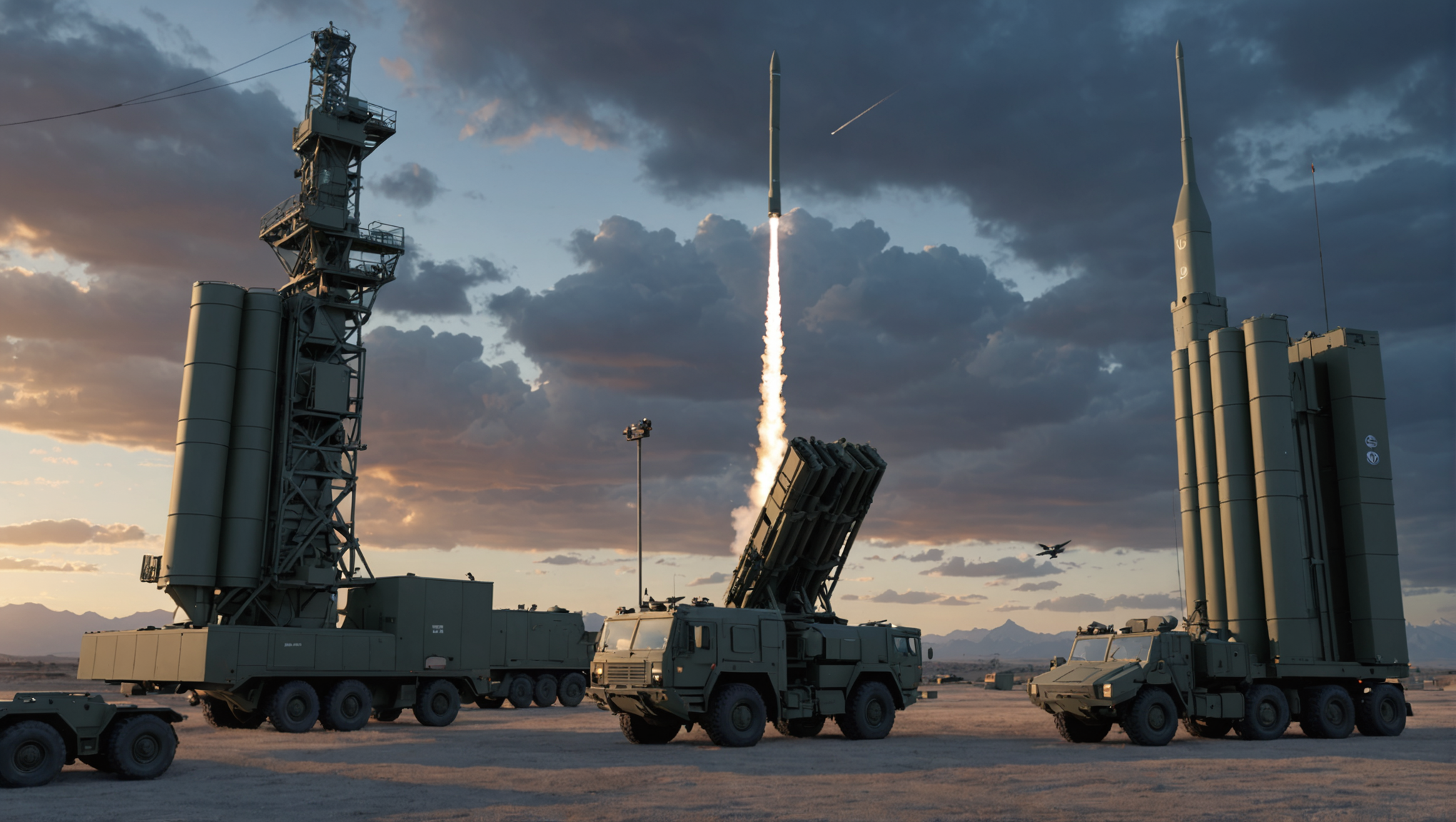
La France et l'Italie accélèrent le développement du SAMP/T-NG pour renforcer la défense aérienne européenne.
— Armée de l'Air et de l'Espace (@Armee_de_lair) September 23, 2024
Dès 2026, ce nouveau modèle de système de défense sol-air, livré à l’armée de l’Air et de l’Espace, permettra de contrer les menaces balistiques et hypersoniques. pic.twitter.com/8gLnQDVEJG
Current Trends in Air Defense
- What are the main trends in the aerospace industry in 2024?
- Key trends include the increasing introduction of artificial intelligence, strengthening cybersecurity and a focus on sustainability.
- How does NATO approach integrated air and missile defense?
- NATO is implementing a rotation model that provides for regular deployments of combat aircraft and air and missile defense systems to ensure an effective response.
- What anti-missile defense systems has France recently ordered?
- France has received official orders for the new generation of anti-missile defense systems, notably the SAMP/T, developed by MBDA and Thales.
- What is the objective of the firing campaign planned for October 2024 for European air defense?
- This firing campaign will serve as a milestone towards France’s goal of having 12 operational air defense systems by 2035.
- What is the projected growth rate for the European air defense systems market?
- The market is expected to grow significantly with a compound annual growth rate (CAGR) of 6% by 2027, owing to increasing defense spending.
- What are the challenges facing Western air forces today?
- The air forces face challenges linked to the proliferation of modern fighter aircraft and the dissemination of efficient surface-to-air defense systems.
- What is the current situation of air defense forces in Europe?
- Currently, several European countries are investing in their air defense capabilities, with growing interest in American systems like the Patriot.



















